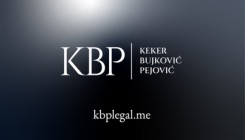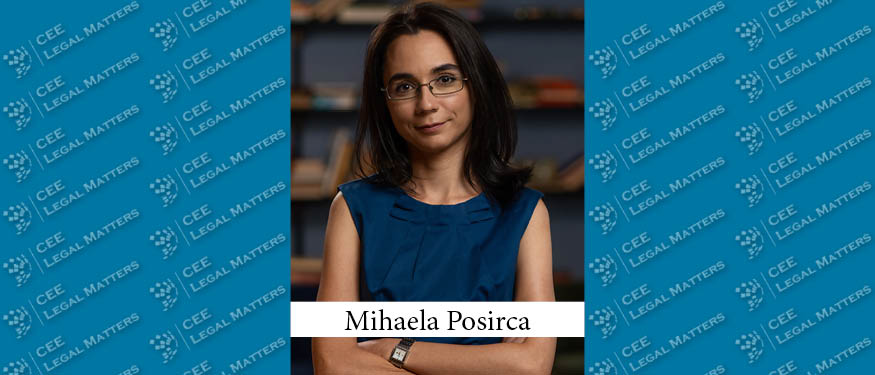The NFT market is still relatively new and volatile, but its potential is huge. Christie's managed to auction an NFT linked to an artwork for over USD 69 million this March, proving that NFTs are a new asset class that can carry significant value. A value, that needs protection just like any other asset class.
Accordingly, the question arises as to whether NFTs are insurable. What is the legal situation in Austria?
Are NFTs insurable according to Austrian insurance law?
The first question that has to be answered is: When does Austrian insurance law apply? For insurance contract law, the applicability may initially result from a choice of law. Where no choice of law exists, or where an area of law is involved that is not accessible to a choice of law, such as insurance supervisory law, the law applicable is more challenging to determine: The pivotal factor of conflict-of-laws regulations – the "insured risk" – is difficult to define for NFTs, as NFTs do not have a traditional "location".
It is however questionable whether the unspecific location of NFTs alone leads to a conflict of laws, in particular where an Austrian policyholder wishes to have its NFT insured with an insurer domiciled in Austria, as:
- international and European conflict-of-laws regulations (such as Art 7 Rome I Regulation1) require a connection to the law of different states; and
- such clear connection cannot be identified in an insurance contract on NFTs concluded between an Austrian policyholder and an insurer domiciled in Austria.
Therefore, it could be argued that an insurance contract on NFTs concluded between an Austrian insurer and an Austrian policyholder is a purely domestic matter, to which Austrian insurance law is applicable.
But even under the assumption of a conflict-of-laws, Austrian insurance law would be applicable if the insurer and the policyholder have their registered office/habitual residence in Austria because:
- in EU law, the determination of the insured risk is, in case of doubt, based on the habitual residence of the policyholder (Art 7(6) Rome I in conjunction with Art 2(2) of the Second Directive 88/357/EEC); and
- outside the scope of the Rome I Regulation, Sec 35 Austrian International Private Law ("IPRG") stipulates the applicability of the jurisdiction, in which the contractual party who provides the service characteristic for the contract has its habitual residence. In the case of insurance contracts, this is the registered office of the insurer.
So, as an interim result, we can say that Austrian law is applicable to insurance contracts on NFTs if:
- it is lawfully chosen by the parties; or
- the insurance contract is concluded between an Austrian insurer and an Austrian policyholder.
In a next step, it must be examined whether NFT insurance is allowed according to Austrian insurance law. Austrian statutory law does not define "insurance". Based on case law, an insurance contract requires the follows:
- a risk;
- a transfer of that risk to an insurance undertaking; and
- remuneration, ie a premium.
To determine whether NFTs are insurable, the element of "risk" is essential. An insurance contract is intended to protect the policyholder against the consequences of the realisation of a risk. In other words: Without a risk, there is no insurance.
Where do the risks lie in NFTs? And can they be measured?
NFTs are one-of-a-kind digital assets. As with cryptocurrencies, NFTs are stored in a blockchain. While anyone can explore the blockchain record to view the underlying asset only the holder of the NFT has the "private key" that verifies ownership. Therefore the holder of the NFT is recorded as the owner of the underlying asset unless the NFT is transferred to another person’s digital wallet. Once an NFT transaction is made and assigned to a different private key, there is no way anyone can reverse the transaction: "Not your private keys, not your NFTs".
Therein lies one of the main risks of NFTs. Owning an NFT requires a digital wallet that contains "private keys" to transact on the blockchain. If you lose access to the digital wallet by forgetting passwords, damaging devices or due to getting hacked NFTs from your digital wallet can be lost. Just recently users of the NFT marketplace "Nifty Gateway" claimed that their entire NFT collection was "stolen".
Another risk of NFTs is that they usually contain a link to the storage location of the underlying asset. If that link is broken or the company storing the asset goes out of business the owner of the NFT could be left with links to assets or files that no longer exist. Similar risks arise if a digital marketplace, storage wallet provider or a server farm involved in a NFT transaction suffer bankrupty or service interruptions that damage the digital files.
Further risks associated with NFTs include whether the seller had the necessary intellectual property rights associated with the digital asset. What happens if the creator or seller of the underlying asset fails to secure or verify necessary trademark or copyrights?
These are all risks to which investors are potentially exposed in NFT transactions and for which protection may be considered. The question of whether NFTs entail insurable risks can therefore be answered with a resounding yes.
The following types of NFT insurance coverages are conceivable:
- Crime Coverage; and
- Coverage against loss or damage.
A crime coverage could be provided for theft or fraud related to hacker attacks and be structured similarly to cyber-crime insurance policies that some Austrian insurance undertakings are offering.
The coverage against damage or loss could provide cover for broken links, software errors or financial issues of the various entities involved in the NFT transaction that lead to damaged or a loss of NFTs.
In conclusion, NFTs principally are insurable. However, Austrian insurance supervisory law imposes a further requirement for insurances and this requirement is the reason that the insurance market has been very hesitant to provide cover for digital assets and NFTs in particular, which no insurance undertaking in Austria is currently providing cover for:
We are talking here about a calculation based on the law of large numbers in the underwriting of risk. The law of large numbers is a probabilistic prediction about the future course of damage: the greater the number of persons, goods and material assets covered that are threatened by the same risk, the less influence there is from coincidence. The objective is a risk equalisation in the collective. This presupposes the calculability of the risk.
Since the NFT market is still in its infancy, it is hardly surprising that this requirement is difficult to meet. The market is also volatile, creating another problem: In a regular fine art insurance policy, the sales figure or purchase price are options to value the work. But with NFTs and cryptocurrencies, that value is fluctuating and without a trading history there will be issues over its valuation.
However, for insurers looking for new business opportunities, getting in early to this market might give them big advantages to exploit it's huge potential. We are keeping a keen eye on how the insurance market adapts and will update you on its development.
Conclusion
NFTs are insurable according to Austrian Insurance Law. However, digital assets in general and NFTs in particular raise a number of insurance-related questions, especially with regard to their valuation, which is why there is no insurance offer for NFTs as yet. Due to the large market potential of NFTs, however, we assume that it is only a matter of time before first insurance undertakings take on a pioneering role and provide cover for NFTs.
By Peter Konwitschka, Partner, and Daniel Hohnl, Attorney at Law, Schoenherr

















